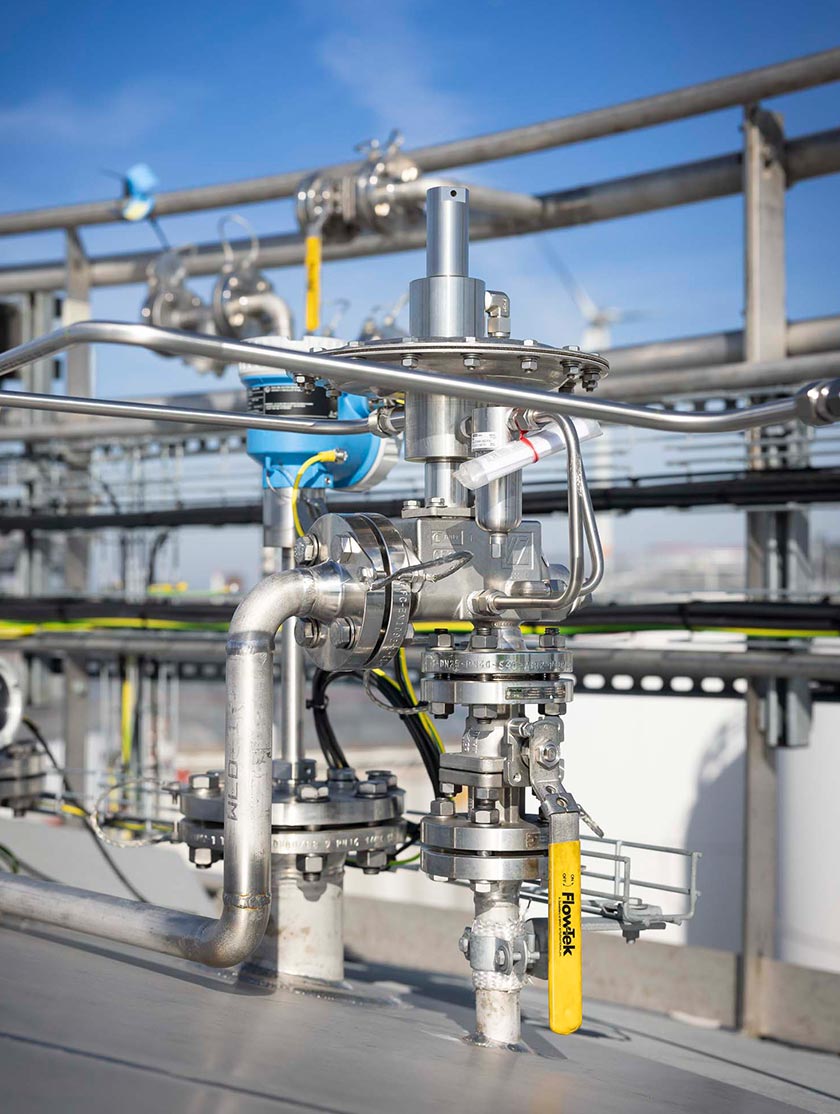How to Specify the Right Flame Arrestor: Key Factors for Safe Industrial Applications
A flame arrestor (also known as flame arrester) is an essential device in many industrial environments where flammable gases or vapors are present. These devices are designed to prevent the spread of flames and explosions by extinguishing them as they pass through the flame arrestor. To ensure a safe working environment and comply with regulations, engineering teams must carefully consider certain factors when specifying a flame arrestor.
Material Selection
Material selection is an important aspect of flame arrestor specifications. The material must be resistant to the chemicals present in the process and have a high melting point to withstand the extreme temperatures of a flame. Stainless steel, aluminum, and brass are commonly used materials for flame arrestors because of their good chemical resistance and ability to withstand high temperatures.
System Flow Rate and Pressure
When selecting a flame arrestor, it is important to consider the system flow rate and pressure. To ensure effective flame extinguishment, the size and type of flame arrestor must be matched to the process flow rate. In addition, the pressure drop across the flame arrestor must be carefully calculated to avoid system malfunctions.
Types of Flame Arrestors
Another important factor to consider is the type of flame arrestor required for the specific application. There are two main types of flame arrestors:
- Deflagration flame arrestors are used for low- or medium-pressure applications where the flame front moves at a lower velocity.
- Detonation flame arrestors are used for high-pressure applications where the flame front moves at a much higher velocity.
To ensure effective flame extinguishment, selecting the correct type of flame arrestor is important.
Maintenance and Cleaning
Maintenance and cleaning procedures for flame arrestors should also be considered. To ensure proper function of the flame arrestor and prevent the accumulation of dirt or blockages, regular cleaning and inspection are required. In addition, a regular maintenance program should be established to replace worn or damaged parts to avoid potential safety hazards.
Design and Installation
The design and installation of the flame arrestor must also be carefully considered. The flame arrestor must be located in a location that is easily accessible for maintenance and cleaning. In addition, it must be installed in a manner that ensures adequate airflow and minimal pressure drop.
By carefully considering these factors when specifying a flame arrestor, engineering teams can ensure the safety and efficiency of their industrial processes. It is also important to consult with experts and comply with all relevant regulations and standards to ensure proper and effective flame arrestor installation.
Looking for The Right Flame Arrestor? Get Expert Help Choosing the Ideal Arrestor Engineered To Fit Your Needs |
Cashco’s flame arrestors are engineered to stop the propagation of flames in gas piping systems, helping protect equipment, personnel, and facilities. For more information about Cashco's arrestors, view all models here .
Cashco is dedicated to ensuring you select the best solution for your tank protection needs. Need help choosing the right flame arrestor? Contact us and our experienced team will gladly assist you in finding the ideal product!
Why Flame Arrestors Matter |
Cashco Flame Arrestors are specifically engineered to match the explosive mixtures Maximum Experimental Safe Gap, in order to ensure complete extinction of the flame.



